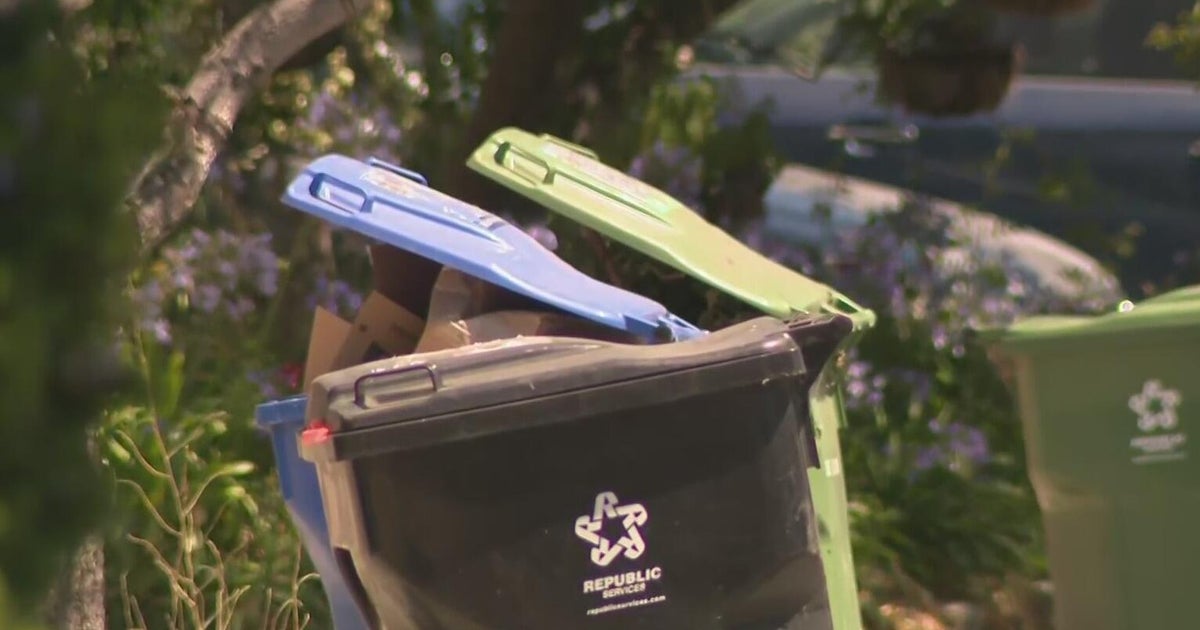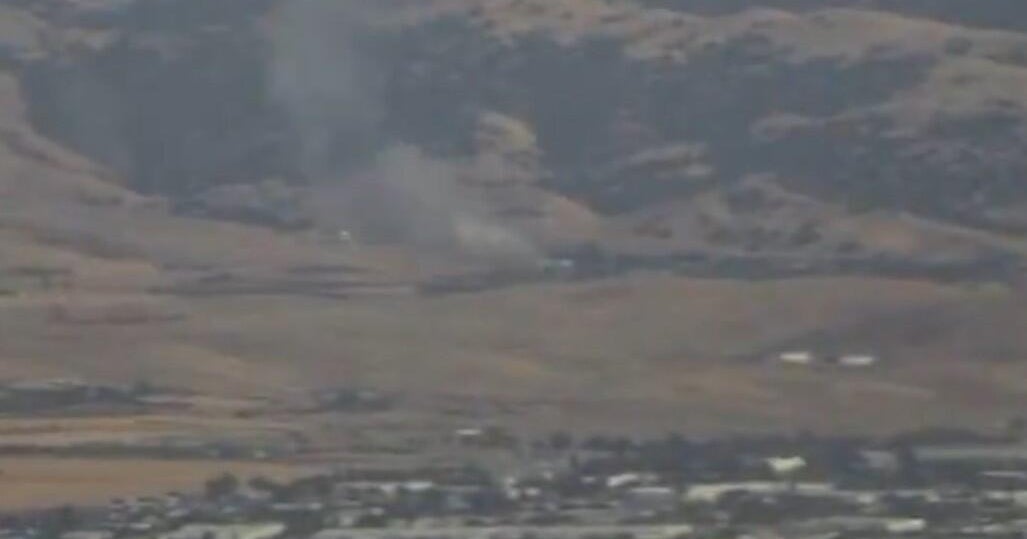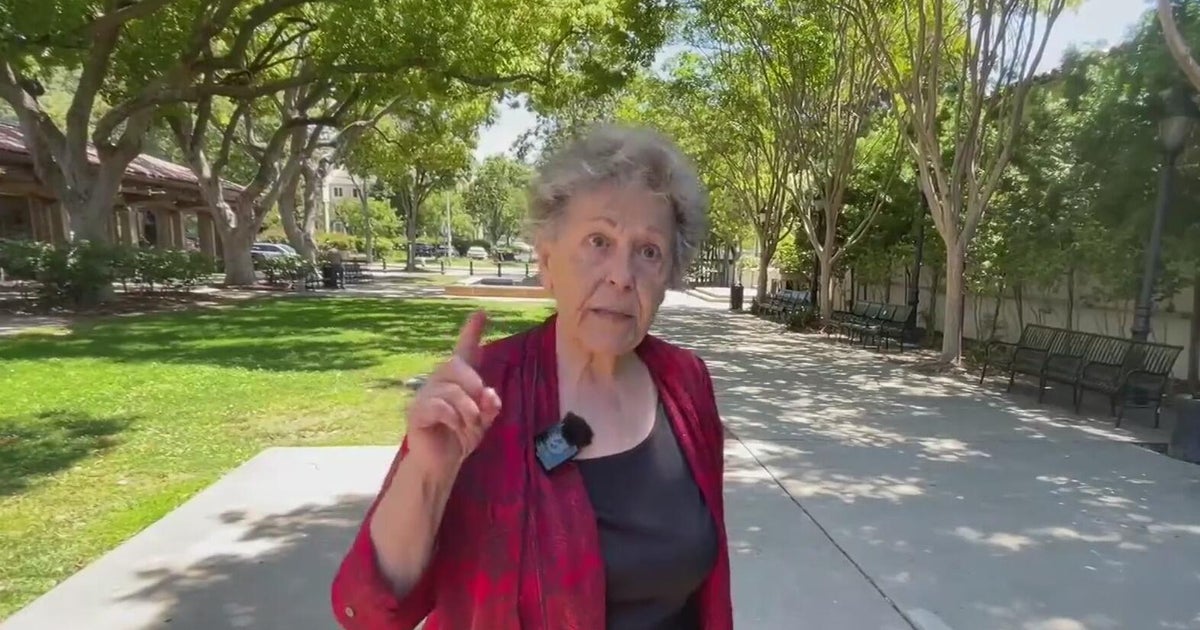NASA Ames Looks Back On Contributions To Apollo 11 Moon Mission
MOUNTAIN VIEW (KPIX 5) -- As the 50th anniversary of the Apollo 11 mission draws near, NASA Ames in Mountain View is reflecting on some of the contributions made in the Bay Area.
In particular, the Ames Vertical Gun Range, which began operations in 1966, helped NASA with "hypervelocity impact testing."
In the run up to the moon landing, questions remained about where to place the lunar lander, and how to design it.
Scientists, using the AVGR, shot small projectiles at high speeds into a thick blue chamber, aimed at soil samples to replicate the surface of the moon, in order to simulate meteor or asteroid impacts.
"This gun shoots at about seven kilometers per second, which is just under 16,000 mph. Or one way to think of it is, if you were to fly at that speed, you could fly from San Francisco to New York in under six minutes," said Charles Cornelison, facilities manager of the Ames Vertical Gun Range.
The resulting data helped NASA better understand crater formation.
"This information then went on to help with landing site selection, and also the lunar lander design," said Cornelison, "It's very cool, makes the job very fun knowing that not only are you working in a place that has this long history, you get to be a part of history."
The work continues to this day, with various teams working on developing technology for the manned mission to Mars.
Scientists demonstrated a folding heat shield, similar to the shape of an umbrella, made of woven carbon fiber, designed to survive reentry temperatures of 2400 degrees Fahrenheit, and slow down spacecraft traveling at more than 27,000mph.
Aerospace engineer Robin Beck reflected on developing technology to protect human passengers, where the testing is much more stringent.
"It's very scary, in that the reliability and the amount of testing required for 'man-rated' is very different for NASA. What we require for the amount of testing and analysis, is a lot different than it is for a rover," said Beck.
But Beck says she's proud to be contributing to future Mars missions.
"What's happening here can influence what can happen, where we can go, how fast we can go, and how we can get back," said Beck.



